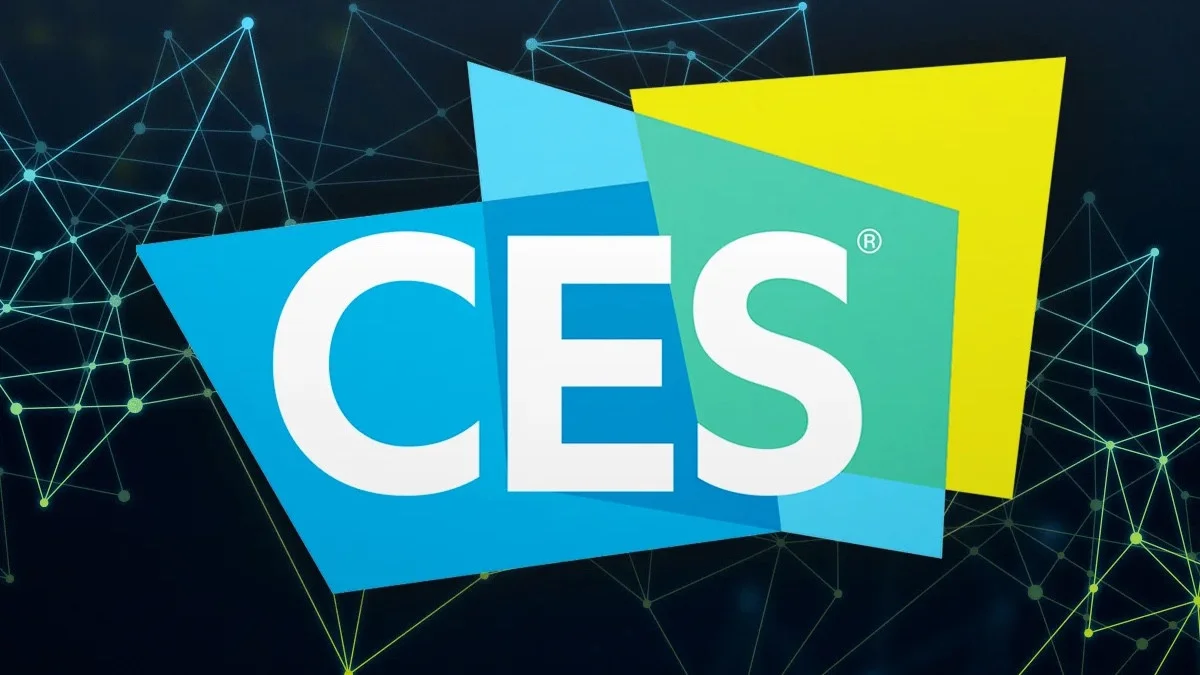CES Overview: Why Timing Is So Important
CES usually runs for about four days in the first or second week of January. But here’s the kicker: much of the action happens before the official event even begins. While CES is a tech lover’s dream, it’s also a tightly choreographed schedule of keynote speeches, press conferences, and exclusive unveilings.
The importance of timing at CES can’t be understated. Early announcements can set the tone for the rest of the event, and it’s often where the biggest surprises drop. Whether you’re attending in person, following from home, or a company trying to make waves, you need to know when the major moments happen.
Official CES Dates
The Consumer Electronics Show traditionally takes place during the first full week of January. In 2024, for example, CES will be held from January 9 to January 12. While the expo floors are open during these dates, the show really begins in the days before with press-only events and keynote announcements.
Pre-Show Events
- CES Unveiled: This is a special sneak peek event held the Sunday before CES officially begins, typically by invitation only. Major tech media and influencers get early access to groundbreaking tech products.
- Press Day: Held on the Monday and Tuesday before CES opens, this is when some of the biggest names like Samsung, Sony, and LG hold their press conferences. These announcements often steal the spotlight before the show even starts.
Exhibit Days
Once the show floor opens, it’s go-time for all attendees. Here’s what a typical CES daily schedule looks like:
- Day 1 (January 9): The event kicks off with high-profile keynote speakers, usually from companies like Intel, NVIDIA, or Google. Meanwhile, the exhibit floors open to the public, with over 2 million square feet of tech displays and product demos.
- Day 2 & 3 (January 10-11): The bulk of CES happens during these days. Tech enthusiasts, investors, and media members walk the exhibit halls, attend panels, and take part in industry-specific sessions.
- Day 4 (January 12): The final day of CES usually winds down by the afternoon. Many companies will still be showcasing, but most of the big news and releases have already been revealed.
Timing Strategies for Attendees
Whether you’re attending CES in person or following the coverage, the timing of when you show up can make or break your experience. Here are some tips:
For Press and Media
If you’re part of the media, you want to arrive early. CES Unveiled and Press Day are goldmines for exclusive scoops. The earlier you are, the better your chances of getting a hands-on look before the general public. Mark January 7 and 8 on your calendar for those early opportunities.
For Exhibitors
As an exhibitor, consider when to schedule your product launches. The earlier in the event, the more attention your product is likely to receive. If your announcement happens too late, it risks being overshadowed by earlier news.
For Attendees
If you’re just a tech enthusiast attending CES for the experience, be strategic about which days you attend. The exhibit floors can get incredibly crowded, especially during the first two days. If you’re more interested in seeing a broader variety of smaller startups, visiting on Day 3 or 4 might be a better option when the crowds have thinned out a bit.
Virtual CES: Adjusting to a New Normal
Since 2021, CES has embraced a hybrid format, allowing virtual attendees to take part in the event. This means that for those who can’t attend in person, CES is still accessible globally, though you’ll need to account for time zone differences when planning to stream keynotes or sessions live. Typically, the show adheres to Pacific Time (PT), so make sure to adjust your schedule if you’re attending virtually from different regions.
Virtual Keynotes and Sessions
Live streams for major keynotes and product unveilings are often available. Companies like Microsoft, Intel, and NVIDIA will broadcast their sessions, usually held in the early afternoon (PT). Be ready to tune in earlier than you’d expect if you’re overseas.
How CES Timing Shapes the Industry
CES is more than just an event—it shapes the tech calendar for the entire year. The announcements, trends, and concepts introduced at CES set the tone for product releases and innovations that will trickle out throughout the year.
- Early Releases: Many companies aim to time product releases for CES or just after it, banking on the buzz from the event to drive sales.
- Trendspotting: The timing of CES in early January is strategic, giving companies a fresh start for the year. What happens at CES can influence how markets and industries evolve over the next 12 months, from smart home devices to automotive technology.
Conclusion
CES is a whirlwind of innovation, and knowing the timing of key events is crucial to maximizing your experience—whether you’re attending in person, following virtually, or planning an announcement of your own. CES’s schedule is tightly packed, with pre-show events and major announcements that can set the pace for the rest of the year in the tech industry. Plan wisely, arrive early, and stay tuned for the industry-shaking moments.
FAQs
1. When does CES usually take place?
CES is typically held in the first or second week of January. In 2024, CES will run from January 9 to January 12.
2. What happens before CES officially opens?
Before CES opens, CES Unveiled and Press Day give select media early access to product unveilings and announcements. These take place in the days leading up to the event.
3. How can I attend CES if I can’t be there in person?
CES has embraced virtual attendance options, offering live streams of keynote speeches, panels, and product demos. Just adjust your schedule to match Pacific Time (PT).
4. Which companies typically make the biggest announcements at CES?
Tech giants like Samsung, Sony, Intel, and NVIDIA often headline CES with major product reveals, keynote speeches, and press conferences.
5. What’s the best time to visit the CES show floor?
If you’re looking to avoid large crowds, consider visiting on the later days of CES. Day 3 and Day 4 tend to be less crowded compared to the opening days.

